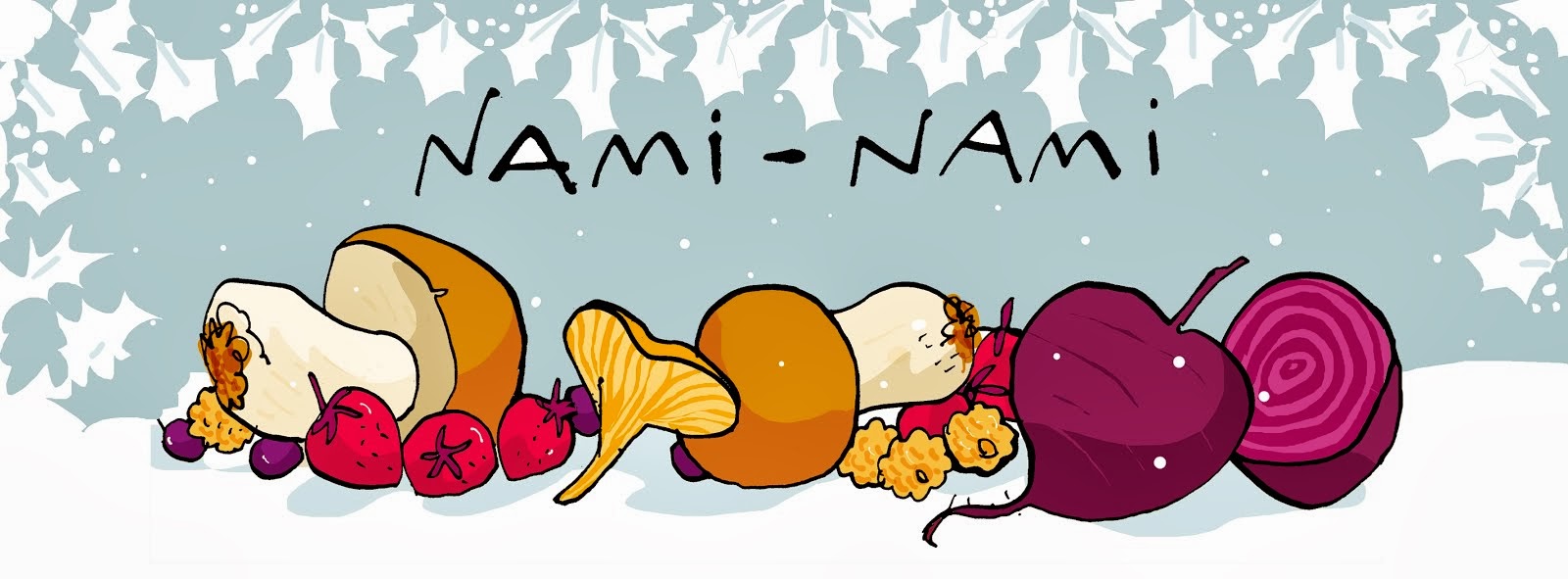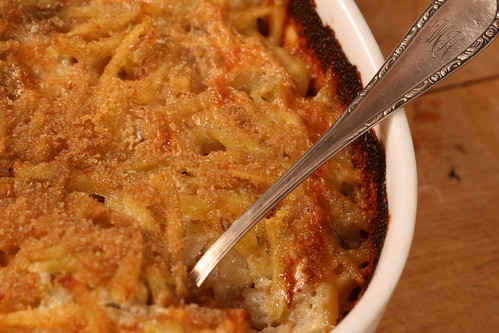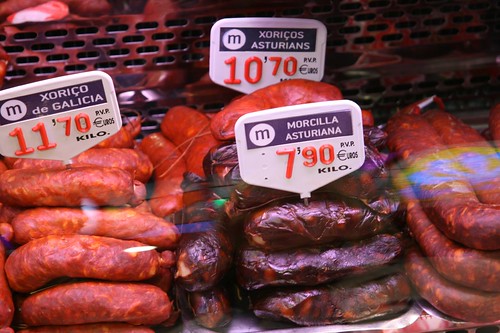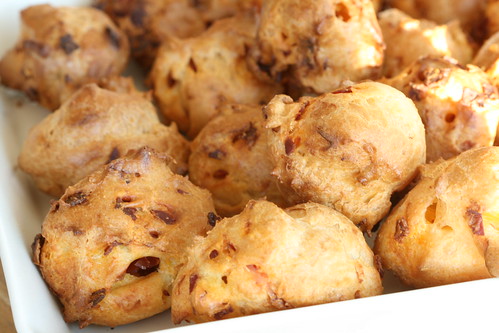
Hope you've all had a lovely Christmas with lots of delicious food! We celebrated the Christmas Eve (the main event in Estonia) with a large traditional meal at our home, and we've also had several other festive dinners over the last week. I'm now ready for some non-Christmassy food, though there are still some festive recipes I'll post over the next week.
First up is a simple fruit soup (kissel) that I made last Christmas.
You'll need a carton of light non-alcoholic glögg for this - I'm pretty sure your local Scandinavian store or IKEA food isle serves something suitable.
Apricot and Mulled Wine Fruit Soup
(Jõulune aprikoosikissell vahukoorega)
Source: Finnish Valio
Serves 6
1 litre of light (non-alcoholic) glögg or mulled wine
250 g dried apricots
3-4 Tbsp sugar
2 Tbsp potato starch or cornflour
Heat glögg and apricots in a saucepan. Simmer on low heat, covered, for about 30 minutes, until apricots are softened. Blend with an immersion blender until smooth.
Mix potato starch or cornflour with couple of spoonfuls of cold water, stir into the fruit soup. Bring just to the boil (when using potato starch) or cook for a few minutes (when using cornflour), stirring.
Remove from the heat, divide between dessert glasses and let cool.
Serve with some softly whipped cream (or a vegan substitute).













